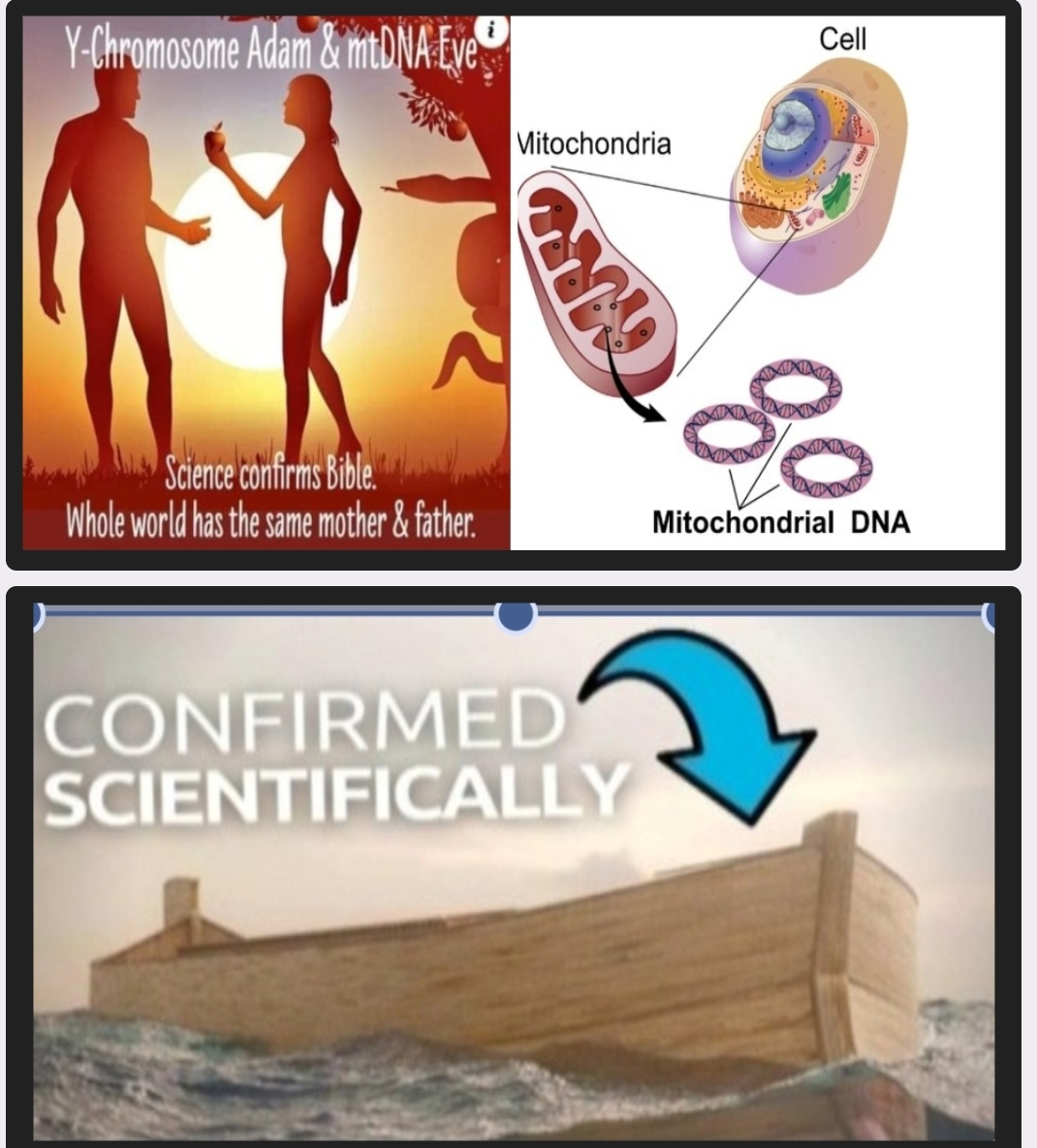"Ryugu asteroid sample return provides a natural laboratory for primordial chemical evolution" - "No Soup (homochiral nucleotides) for you" -Review
Take home:
"Amino acids with stereoisomer structures, however, show no preference for this ‘handedness’ in Ryugu that is been observed in Orgueil and other meteorites." In other words previous meteors on earth were contaminated with amino acids upon impact. We can't use them for origin of life (OoL) speculation.
"The mystery on the origin of homochirality for terrestrial biology remains uncertain." The origin of homochiral nucleotides remains the biggest mystery.
Homochiral nucleotides are nucleotides that are all of the same chirality, or handedness. In nature, all nucleotides are left-handed, or L-enantiomers. This is significant because the chirality of nucleotides determines the chirality of the resulting nucleic acids, such as DNA and RNA. If the nucleotides were of different chiralities, the nucleic acids would be chiral mixtures, which would not be able to function properly.
The origin of homochiral nucleotides is a puzzle. In a prebiotic environment, there should be equal amounts of left-handed and right-handed nucleotides. However, for life to exist, there must have been a way to select for left-handed nucleotides.
As the Nobel Laureate and head of OoL at Harvard Jack Szostak says,
"The origins of life represent one of the most fundamental chemical questions being addressed by modern science. One of the longstanding mysteries of this field is what series of chemical reactions could lead to the molecular biologists dream; a pool of homochiral nucleotides?"
The Ryugu asteroid sample return provides a natural laboratory for primordial chemical evolution. The asteroid is a carbonaceous chondrite, which means that it is made up of organic matter and inorganic materials that formed in the early solar system. The samples from Ryugu are the most pristine material ever returned from an asteroid, and they provide a unique opportunity to study the chemical composition of the solar nebula.
The samples from Ryugu are rich in organic compounds, which are the building blocks of life. They also contain water, which is essential for life. The presence of these compounds on Ryugu suggests that the early solar system was a hotbed of chemical activity, and that the building blocks of life were present in abundance.
The study of the Ryugu samples will help scientists to understand how life originated on Earth. They will also help scientists to understand the chemical evolution of the solar system. The samples from Ryugu are a valuable resource for scientists, and they will provide insights into the early history of our solar system for many years to come.
Here are some of the specific things that scientists can learn from the Ryugu samples:
The exact composition of the solar nebula, including the relative abundances of different elements and compounds.
The conditions under which organic compounds formed in the early solar system.
The role of water in the formation of life.
The evolution of the solar system from a hot, turbulent cloud of gas and dust to the stable, orderly system that we see today.
The Ryugu sample return is a major scientific achievement, and it will provide valuable insights into the early history of our solar system for many years to come.
Article snippetsRyugu asteroid sample return provides a natural laboratory for primordial chemical evolution
https://www.nature.com/articles/s41467-023-38518-1
The samples returned from near-Earth asteroid (162173) Ryugu provide a pristine record of the 4.6 billion years since the birth of the Solar System
Astrobiologists have hypothesized that organic compounds in exogenous materials such as carbonaceous meteorites and comets could have made a significant contribution to prebiotic chemistry on the young Earth
However, meteorites collected after landfall quickly become contaminated by Earth’s ubiquitous biology, making it difficult and sometimes impossible to isolate the truly prebiotic signal
The first targeted analyses have identified indigenous amino acids, a nucleobase (uracil), vitamer (nicotinic acid), monocarboxylic acids (including acetic acid), alkylamines, and polycyclic aromatic hydrocarbons in solvent extracts
Insoluble organic matter (IOM) comprises the main portion of the organic carbon in Ryugu samples
Pyrimidine nucleobase (uracil) and the intramolecular electrostatic potential are shown as a representative primordial organic molecule
Both protein forming and non-protein amino acids were found at lower abundances in Ryugu than Orgueil
Amino acids with stereoisomer structures, however, show no preference for this ‘handedness’ in Ryugu that is been observed in Orgueil and other meteorites
Thus, the mystery on the origin of homochirality for terrestrial biology remains uncertain





Comments
Post a Comment